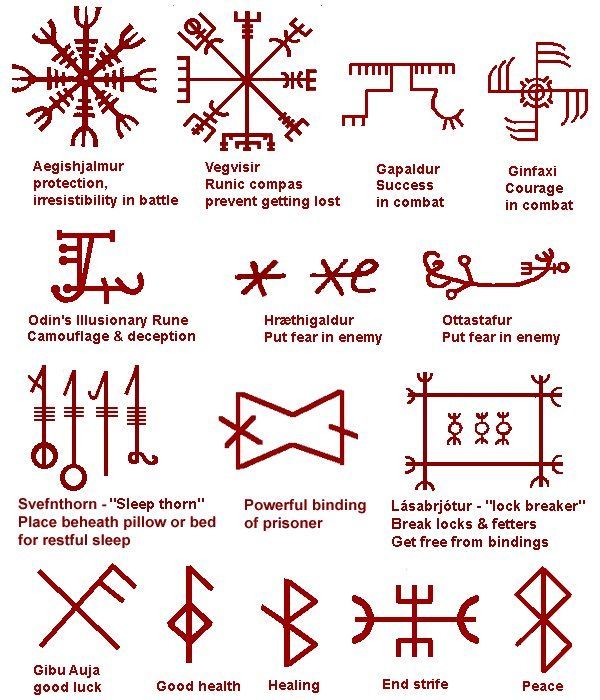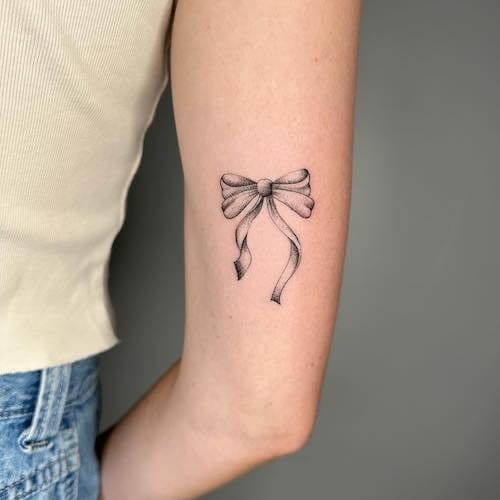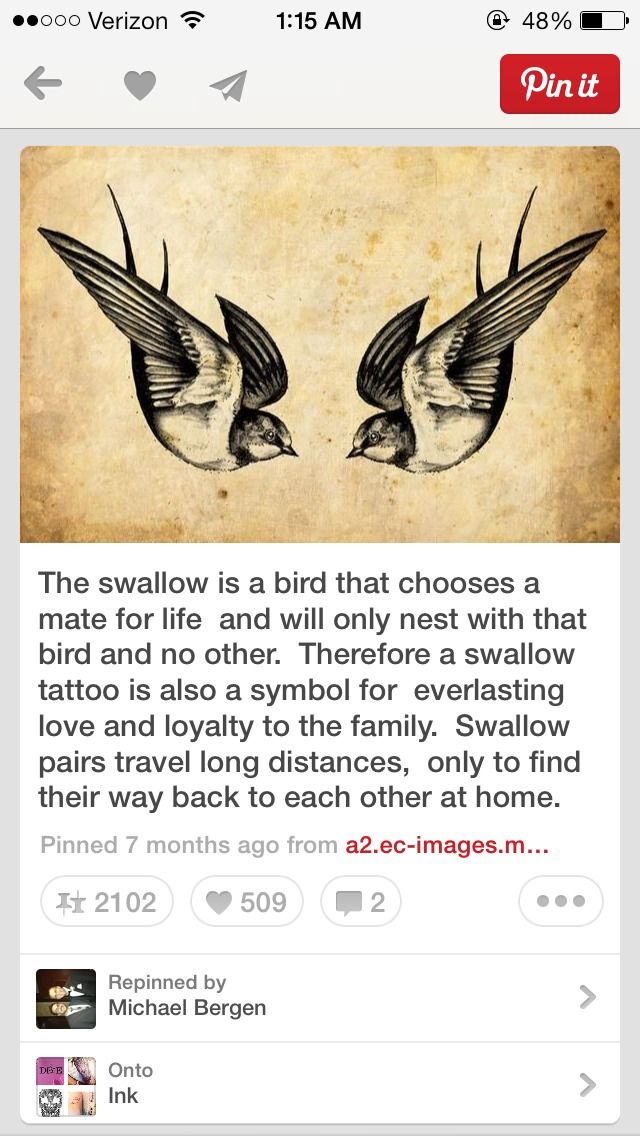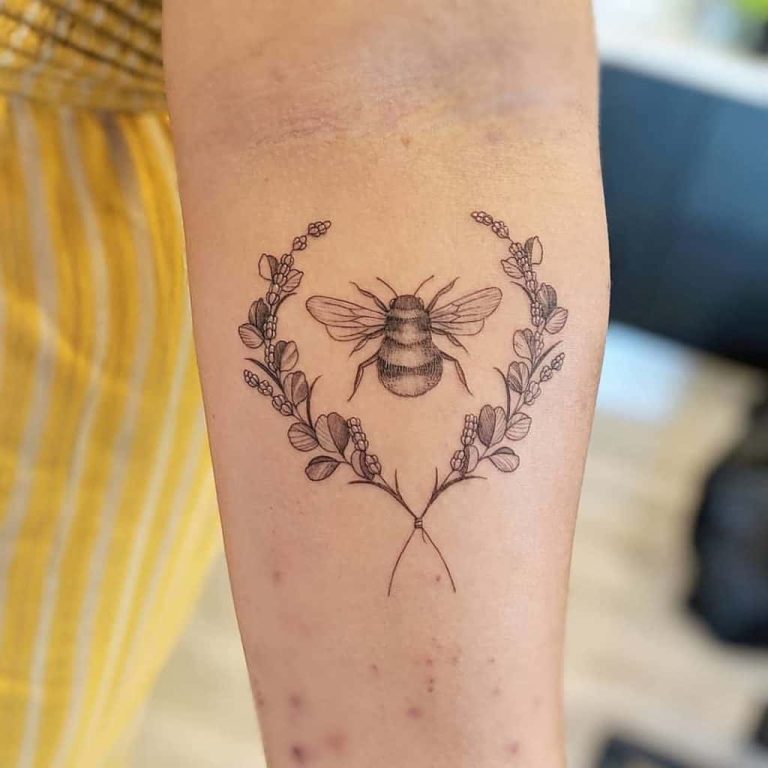Norse tattoos are rich in history and meaning. They represent ancient symbols from Norse mythology.
Norse culture has fascinated people for centuries. Their mythology, filled with gods, heroes, and epic tales, inspires many today. Tattoos of these symbols carry deep meanings. Each design tells a story. From Thor’s hammer to Odin’s ravens, these tattoos are not just art.
They connect the wearer to powerful myths and legends. Curious about what these symbols mean? This blog will explore the world of Norse tattoos and their meanings. Discover the stories behind the ink and why these designs are so popular. Dive into the mystic world of Norse mythology through tattoos.
Norse Mythology
Norse mythology is rich with tales of gods, epic sagas, and ancient wisdom. It has inspired many with its deep meanings and fascinating stories. This mythology is at the heart of Norse tattoos, each symbol carrying its own significance.
Gods And Goddesses
The gods and goddesses of Norse mythology are powerful and diverse. They include Odin, the all-father, who is associated with wisdom and war. His symbol, the Valknut, represents the afterlife and the warrior’s journey.
Thor, the thunder god, is known for his strength and protection. His hammer, Mjölnir, is a popular tattoo symbol. It stands for power, protection, and bravery.
Freyja, the goddess of love and fertility, is another important figure. Her symbols often represent beauty, love, and prosperity. Tattoos of Freyja can symbolize a deep connection to these values.
Epic Sagas
Epic sagas are legendary stories filled with heroism, adventure, and magic. These stories often feature great battles and quests for honor. They provide deep insights into the values and beliefs of the Norse people.
One famous saga is the tale of Sigurd and the Dragon. Sigurd slays the dragon and gains wisdom and strength. A tattoo of Sigurd can symbolize courage and the quest for knowledge.
The Volsunga Saga is another epic story. It tells of family, fate, and revenge. Symbols from this saga are often used in tattoos to represent destiny and resilience.
These symbols and stories from Norse mythology provide a rich source of inspiration. They allow individuals to express their values and beliefs through their tattoos.

Credit: www.viking-store.com
Popular Norse Symbols
Norse tattoos are rich in history and symbolism. Many people choose these tattoos to honor their heritage. Others are drawn to the powerful meanings behind the symbols. Let’s explore some of the most popular Norse symbols and their meanings.
Valknut
The Valknut is one of the most recognizable Norse symbols. It consists of three interlocked triangles. This symbol is often associated with the god Odin. Warriors believed it represented the power of life and death. The Valknut also symbolizes the transition between life and afterlife. It is a popular choice for those seeking strength and courage.
Mjolnir
Mjolnir, also known as Thor’s Hammer, is another iconic Norse symbol. Thor was the god of thunder and protection. His hammer was his weapon of choice. It symbolizes strength, protection, and blessing. Many wear Mjolnir tattoos for a sense of security. It is a powerful emblem for those who seek protection and fortitude.
Symbolic Meanings
Norse tattoos are more than just beautiful designs. They hold deep symbolic meanings rooted in Norse mythology and Viking culture. These symbols often represent powerful themes that were significant to the Vikings. Understanding these meanings can make your tattoo more meaningful and personal.
Protection And Strength
One of the most common themes in Norse tattoos is protection and strength. Vikings valued these qualities highly. Symbols like the Helm of Awe (Ægishjálmr) are famous for this purpose. This intricate design was believed to provide invincibility in battle. Another symbol is Mjölnir, Thor’s hammer. It represents protection from evil forces and physical strength. These tattoos serve as a reminder to stay strong and face challenges with courage.
Fate And Destiny
Fate and destiny also play a big role in Norse mythology. The Vikings believed that their lives were controlled by fate. They used symbols to represent this belief. The Web of Wyrd, for example, is a complex pattern. It symbolizes the interconnectedness of past, present, and future. Another symbol is Yggdrasil, the World Tree. It connects different realms and represents the cycle of life and destiny.
These tattoos remind us that our lives are part of a larger story. They encourage us to embrace our paths and trust the journey.

Credit: www.pinterest.com
Modern Interpretations
Modern interpretations of Norse tattoos often include symbols like Yggdrasil, the World Tree, representing life and growth. Popular designs also feature Valknut, associated with Odin, symbolizing death and rebirth.
Norse tattoos have evolved over the years. Today, they incorporate modern elements while preserving ancient meanings. These tattoos are more than just art. They represent a deep connection to Norse mythology and heritage. Let’s explore how contemporary designs and cultural significance influence modern Norse tattoos.Contemporary Designs
Modern Norse tattoos blend traditional symbols with new styles. Artists use bold lines and intricate details. They often mix ancient runes with modern elements. This creates a unique and personalized piece of art. Geometric patterns and minimalist designs are popular. They offer a fresh take on classic Norse themes.Cultural Significance
Norse tattoos hold deep cultural significance. They symbolize strength, courage, and wisdom. Many people choose these tattoos to honor their heritage. They serve as a link to their ancestors and traditions. These tattoos also reflect personal values and beliefs. Each design carries a unique story and meaning. “`
Credit: mythologis.com
Frequently Asked Questions
What Do Norse Tattoos Symbolize?
Norse tattoos often symbolize strength, courage, and protection. They also represent Viking culture and mythology.
Are Norse Tattoos Popular Today?
Yes, Norse tattoos are very popular today. They appeal to those interested in Viking history and mythology.
What Are Common Norse Tattoo Designs?
Common designs include runes, Yggdrasil (the World Tree), Mjölnir (Thor’s hammer), and Valknut. Each has deep meanings.
Do Norse Tattoos Have Specific Meanings?
Yes, each design has a specific meaning. For example, Valknut symbolizes death and the afterlife. Runes have various meanings.
Can Anyone Get A Norse Tattoo?
Yes, anyone can get a Norse tattoo. It’s important to understand the meaning and respect the culture behind the symbols.
Conclusion
Norse tattoos carry deep meanings and rich history. Each symbol tells a unique story. From powerful runes to majestic animals, they embody strength and wisdom. Choosing a Norse tattoo connects you with ancient traditions. It can reflect personal beliefs, values, or aspirations.
Always research thoroughly before getting inked. Ensure the design resonates with you. Norse tattoos not only adorn the body but also the spirit. They serve as a constant reminder of courage and heritage. So, embrace the journey, and let your tattoo tell your story.




